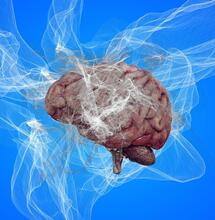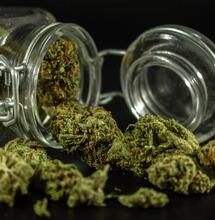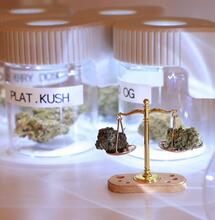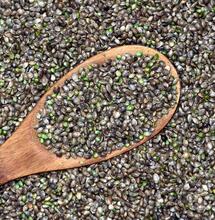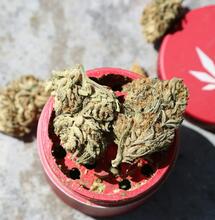What is the Difference Between Hemp and Marijuana?

Marijuana and hemp differ primarily in their psychoactive content. They are the same species of plant, however, hemp comes with 0.3% or less THC, while marijuana plants are typically abundant with THC, the mind-altering compound that causes cerebral high.
When it comes to cannabis, there are fairly enough names to confuse even the most seasoned user. Hemp and marijuana both refer to plants in the Cannabaceae family. Still, the two have some crucial differences, including botanical traits and the chemical content or cannabinoids each contains.
Hemp Plants
The term "hemp" is reserved for cannabis plants that have up to 0.3. percent or less of THC content after curing and drying.
The 0.3 percent distinction goes back to 1979 when author Ernest Small, a specialist in plant evolution, reflected on the distinction question in his book "The Species Problem in Cannabis: Science & Semantics."
Small acknowledges that it's challenging to differentiate between hemp and marijuana in his book and proposes the 0.3 percent distinction option, although he also says the number is arbitrary.
However, the 0.3 percent distinction has been widely accepted in many countries in the world for setting the legal boundaries for weed, including in the United States. Any plant that contains above 0.3% THC remains federally illegal.
Hemp was legalized in the U.S. with the 2018 Farm Bill. This piece of legislation radically transformed hemp policy. Hemp was made legal because the 0.3% THC limit is considered insignificant to get you high. The policy change came after decades of federal legal neglect to recognize any difference between hemp and marijuana crops, all of which were banned in the early 1970s.
CBD is the primary cannabinoid extracted from hemp plants, although like any cannabis plant, hemp is abundant with hundreds of other similar chemicals that can potentially change the face of modern medicine. Modern technologies also allow for processing synthetic THC analogs out of hemp plants, which are considered less intoxicating than actual THC.
Hemp also has various other uses. It grows faster than trees and other crops and is high in fiber, therefore, it's a suitable option for producing textiles, clothing, papers, and even stuff like eco-bricks.
Hemp seeds are a nutritious source high in protein and are processed into oils and other food products. Hemp seeds and oils are used to manufacture hemp milk, hemp cheese substitutes, and hemp protein powder. Hemp oil is also added to various beauty and makeup products.

Marijuana Plants
Unlike hemp, marijuana plants are intoxicating and can contain significant amounts of THC. Some of the most potent marijuana strains score over 30% THC content on routine lab tests.
Marijuana is comprised mainly of sativa and indica plants, with indica being generally more energizing with sweet aromas and indicas more sedative with earthy scents. Nevertheless, it's the chemical content that remains the critical distinction here.
The abundance of THC in marijuana plants leads to intoxication when consumed, which is why it has remained illegal under federal law. Marijuana is a Schedule I substance under the Controlled Substances Act, therefore legally perceived as a substance with a high potential for abuse and inapplicable for medical use.
Despite the Schedule I tag, dozens of U.S. states have entirely decriminalized marijuana, and it can now be used for both medical and recreational use. Marijuana can be smoked as a flower, and with the industry expansion, THC extracts are now also infused in edibles, syrups, tinctures, topicals, and other items.
Other cannabinoids such as CBD can also be extracted from marijuana plants. Various pharmacological medicines contain both THC and CBD or a combination of other minor cannabinoids such as CBG and CBN for achieving the best treatment results.
In sum, hemp and marijuana are both cannabis flowering plants it's just that their chemical constitution significantly differs. The word "marijuana" has historically been used to distinguish between non-intoxicating cannabis, i.e., hemp, and cannabis that has a psychedelic effect. Based on the THC content in each plant. And this division based on THC content has become the standard view of cannabis when it comes to shaping the legality of its use.




